What do you generally think of when you hear the words “Scottish art”? There are the usual clichés of course, of large-scale landscape paintings depicting gorse and heather and startled-looking wildlife, or alternatively there are the portraits of various noblemen and worthies, many of whom have the well-fed hue that living high on the hog imbues.
If you head to Edinburgh’s National Galleries of Scotland — often simply known as “the National” — and visit the traditional collection in the neoclassical building right in the center of the city, near the castle and major shopping streets, you won’t be disappointed by the eclectic selection of Old Masters and Scottish masterpieces alike. My own favorite remains Henry Raeburn’s much-reproduced 1790s portrait “The Skating Minister,” which perfectly blends humanity with humor. (And, of course, you can buy the tote bag in the gift shop.)
Yet the problem has always been that the major collection has never felt distinctively Scottish, despite the copious presence of art by Raeburn and such notable Scottish artists as Gavin Hamilton and the near-ubiquitous David Wilkie, the so-called “people’s painter.” It is, of course, always stirring to see work by the likes of El Greco, Tintoretto and Constable — and the inclusion of Frederick Edwin Church’s large-scale “Niagara Falls, from the American Side” is a welcome nod toward the American nineteenth century — but if you knew nothing about where you were, you could be in virtually any mid-sized European collection, even down to the tasteful but oddly anonymous galleries themselves, all soaring ceilings and red-painted walls.
This has been noted and addressed in both necessary and visionary fashion. In 2019, the National saw the first phase of a large-scale extension, with a modern expansion offering a new entrance to the gallery via the east side of the Princes Street Gardens. Vital accoutrements of any self-respecting institution were added, including a smart restaurant and café and well-stocked gift shop. But what was missing, in many people’s eyes, was a dedicated new gallery, or series of galleries, that would bring the institution proudly into the twenty-first century.
This didn’t necessarily have to cover the collection up to the present day — after all, the nearby Scottish Gallery of Modern Art, or “Modern One” deals with contemporary art more than adequately — but there had to be some means of showcasing an eclectic and, above all, Scottish selection of paintings that would connect with an audience who might regard the traditional displays as somewhat fusty and old-fashioned.
Now, after a $50 million extension, the National has opened a series of galleries dealing with Scottish art between 1800 and 1945. Construction of the new galleries has not been easy: originally budgeted at $20 million or so, the cost soared through everything from having to remove asbestos and concrete to, inevitably, Covid-affected delays. Yet dull would one be of heart who made it to the ten new spaces, with their large picture windows overlooking Princes Street and Calton Hill, and did not find the whole thing inspiring, exciting and uplifting in its full-scale celebration and appreciation of its country’s native artworks, as well as profoundly revelatory.
Which is not to say that all the paintings on display are of a similar standard. Perhaps the most famous of them all, Edwin Landseer’s mighty 1851 “The Monarch of the Glen” — that ubiquitous icon of a noble stag reproduced on countless biscuit tins — feels well-worn to say the least. Even the gallery itself admits that the painting “achieved even greater renown in the twentieth century when it was employed as a marketing image for various products, so endowing it with global recognition.”
All well and good, but it is difficult to avoid the sensation, despite Landseer’s undeniable technical craft, that you are simply looking at an impressive representational painting, originally painted for the House of Lords in London and feeling like it. (Amusingly, given its use on the logo of Glenfiddich whisky bottles, it was previously owned by the drinks giant Diageo, eventually being sold to the National Galleries in 2017 for $6 million after a successful public campaign to raise the money.)
Some of the work is straightforwardly terrible; John Duncan’s awful, kitsch painting of Angus Og, the so-called Celtic god of love and poetic inspiration, should be sent back to storage forthwith and a more interesting picture brought in to replace it. A small but regrettable display of paintings inspired by Shakespeare reminds viewers that the nineteenth-century English vogue for misconceived and sentimental representations of dramatic scenes made its way well north of the border, too. And we could have done without William McTaggart’s greeting-card style 1869 “Halfway Home,” too; it only emphasizes the fine line between the heartwarming and the nauseating.
We can forgive the inclusion of “Callum,” a terrier painted by the once-popular animal portraitist John Emms, because of the unusual bequest made by its owner, James Cowan Smith: in exchange for a donation of $70,000 in 1919 (around $3 million in today’s money), the gallery agreed that Callum would be displayed in all perpetuity. Yet if for any reason you’re of the opinion that Scotland’s most famous writer, Sir Walter Scott, was little more than an opportunistic fraud peddling a cliché-riddled vision of the country to a wide international audience, you will not find any support here. A portrait of Scott stares challengingly out at you, next to fawning and far from accomplished realizations of the actions from his books.
Thankfully, the majority of the art on display here is sufficiently accomplished and unusual that the National is now an essential part of any trip to Scotland. The first gallery that you enter is devoted to Scottish modernism, which includes everything from Agnes Miller Parker’s 1928 “The Horse Fair,” which could be compared to everyone from Braque to Gertler, to Francis Cadell’s excellent 1921 “Portrait of a Lady in Black,” which has all the intrigue and beauty of Ramón Casas’s 1899 “A Decadent Young Woman, After the Dance” but retains, in its representation of Cadell’s friend Bethia Hamilton Don Wauchope, a sensual mystery all of its own. It is a welcome reminder that modernist art, long seen as the near-exclusive preserve of the wealthy English who inhabited grand country houses — or at least were adjacent to them — was an altogether more egalitarian and widespread endeavor, and its prominent positioning in the new galleries suggests that the curators are aware of this, too.
Some of the earlier work featured in the new galleries is impressively unusual. I was very taken with William Fettes Douglas’s 1864 “The Spell,” a depiction of two grim-looking sorcerers attempting to resurrect the dead, as represented by a particularly ominous memento mori skull on the ground. Here, the usual tropes of Victorian realism, even down to the carefully observed scholarly accoutrements of books and papers arrayed on a table before the would-be necromancers, feed beautifully into the spookiness on display.
And segueing from the fantastical into the realistic, the galleries devoted to the late nineteenth-century “Glasgow Boys,” including such figures as James Guthrie and John Lavery, make a convincing case for regarding them, so long relegated to the margins, as worthy of serious comparison with their great inspiration Whistler, as well as the Impressionists: it’s also a welcome reminder that Glasgow, in the late Victorian era, was a hugely wealthy and powerful city that reveled in its title of “Second City of the British Empire.”
Whether this led to rivalry with Edinburgh or not is one of the few questions left unexplored in these superbly designed and beautifully laid-out galleries, which are not only an aesthetic pleasure to visit but a fine and salutary reminder of the greatness of Scottish art. The National has confidently put forward a claim for its collections to be taken very seriously indeed. The achievements on display here act as an invaluable sign that “Scottish art” does, indeed, possess a quixotic, at times visionary identity all its own that acts as a fitting mirror for the country it represents. Just let’s not talk about “Monarch of the Glen” again, shall we?
This article was originally published in The Spectator’s January 2024 World edition.



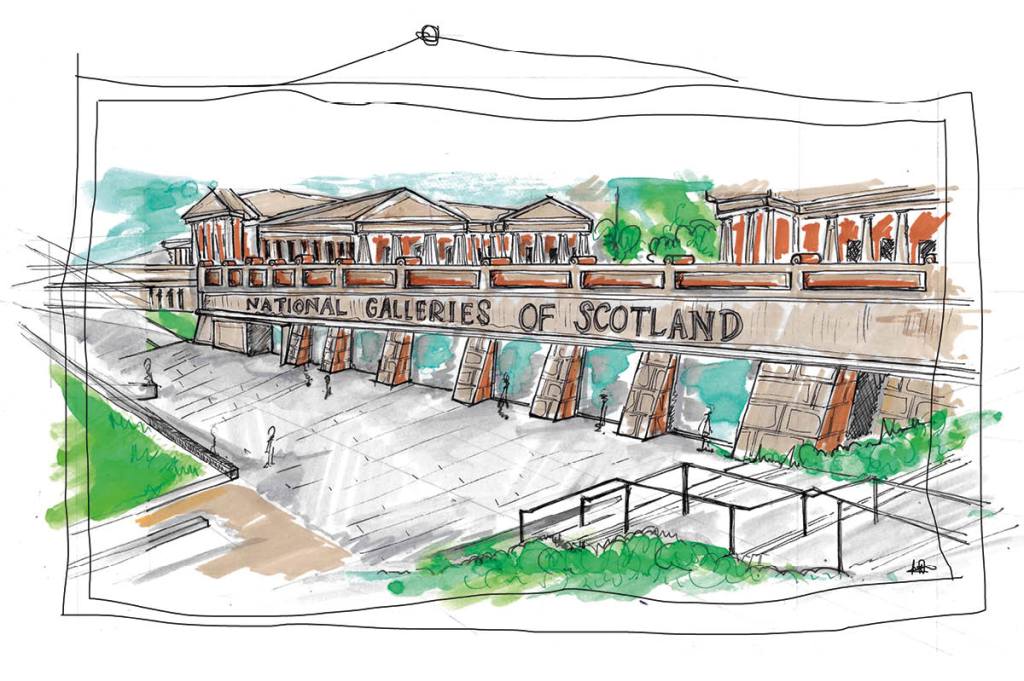






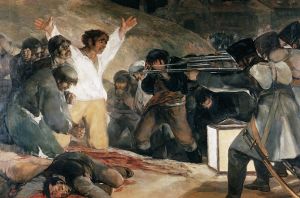


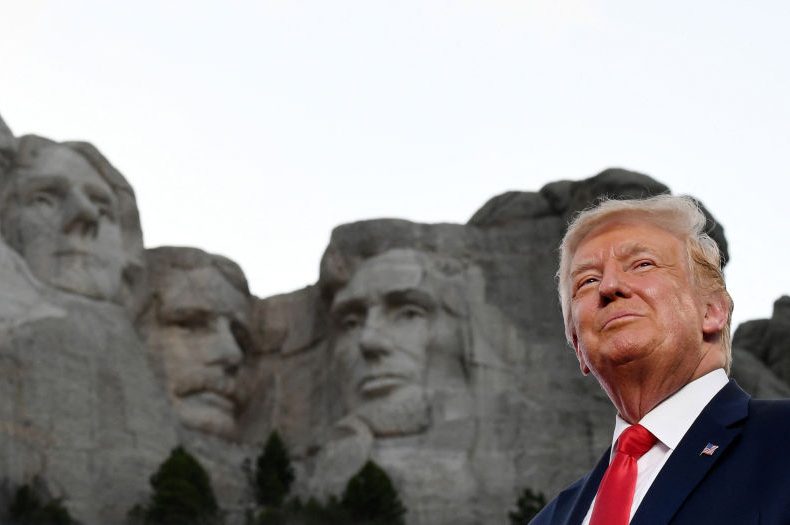

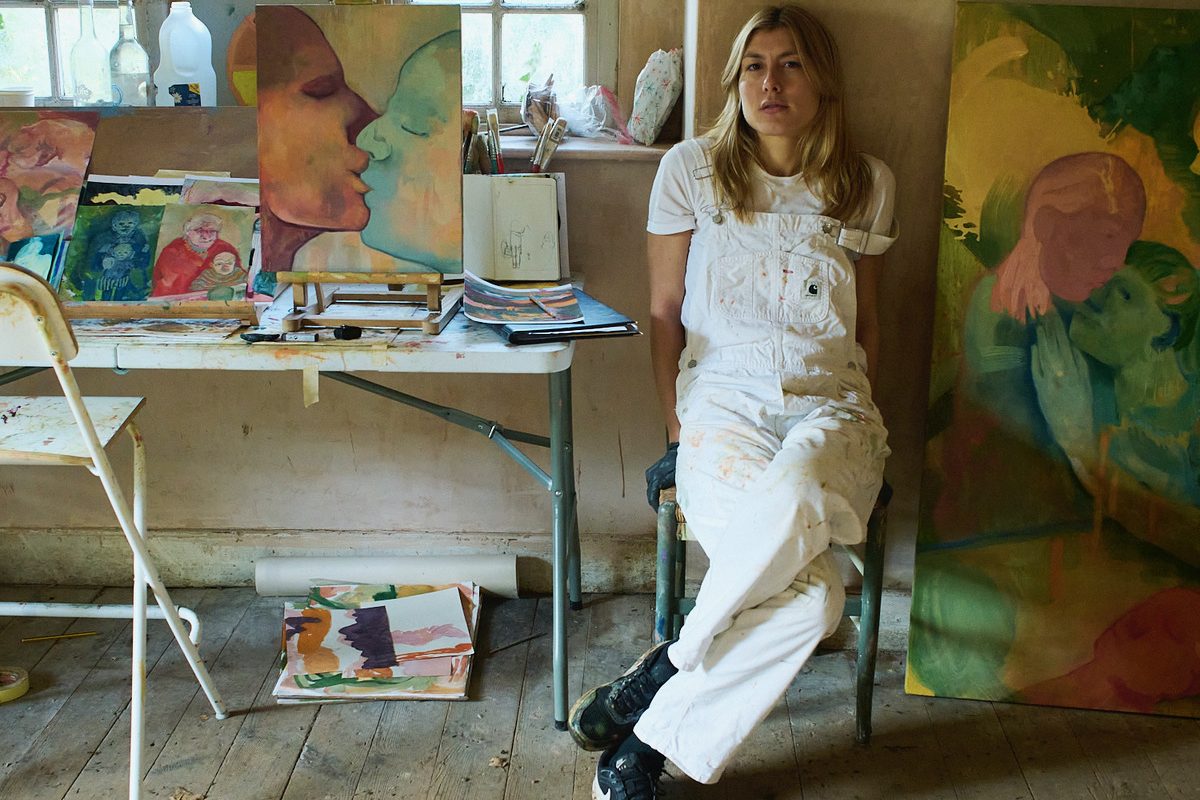
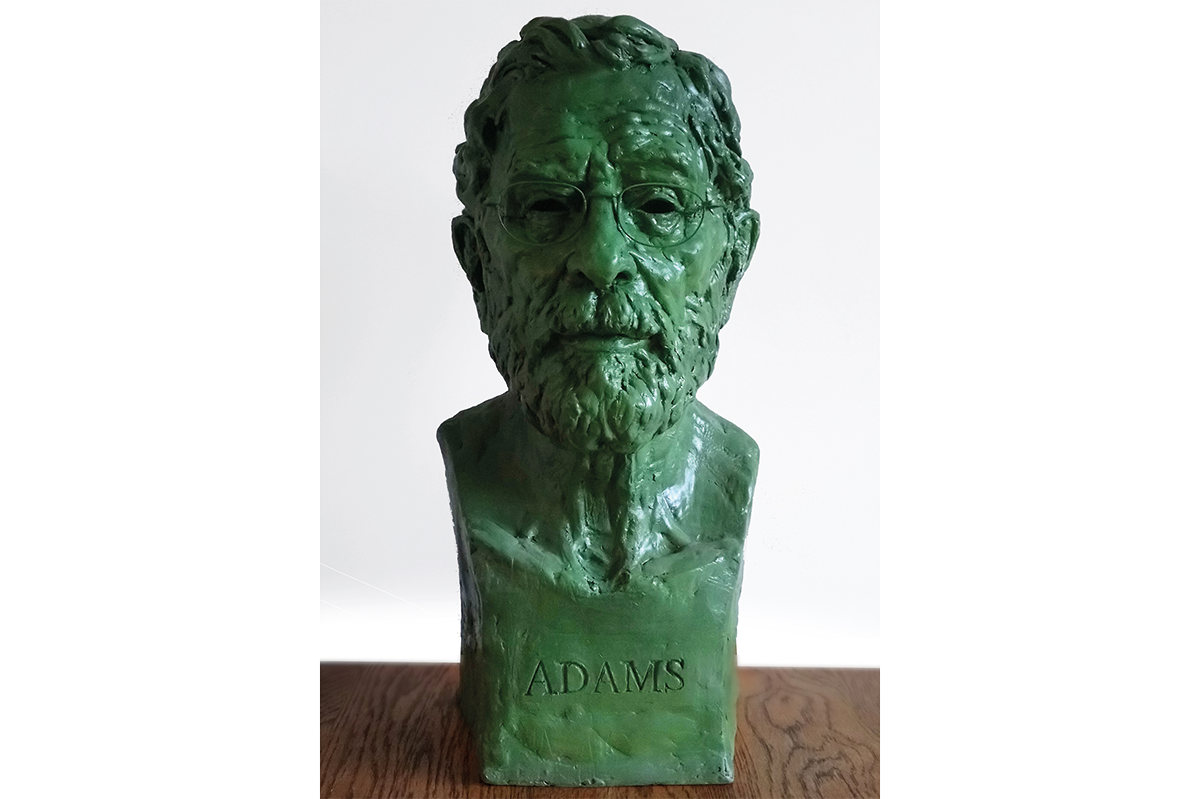

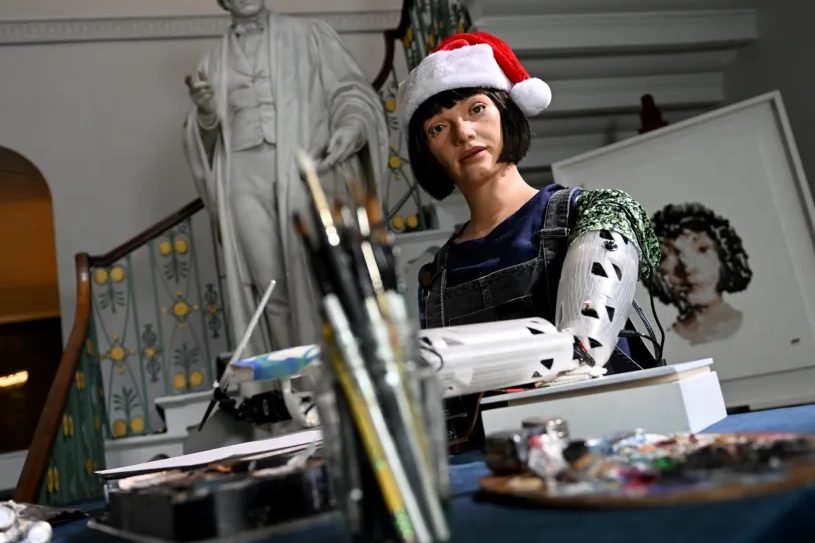







Leave a Reply